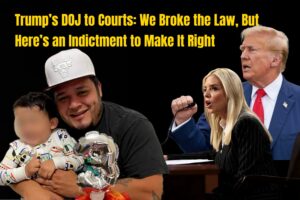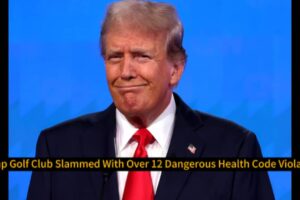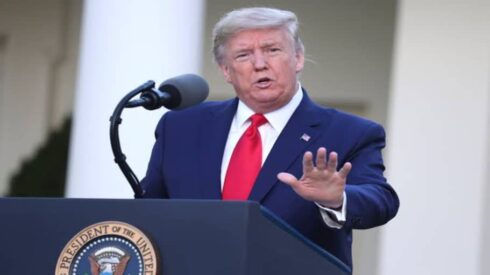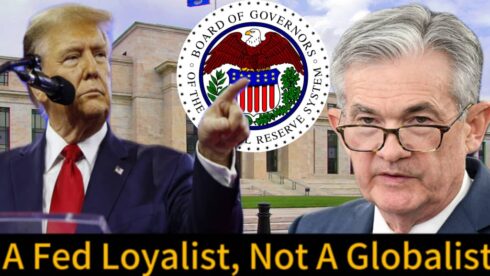On March 25, 2025, President Trump signed a far-reaching executive order mandating significant changes to U.S. election procedures. The order requires documentary proof of citizenship for voter registration and imposes stricter deadlines for mail-in ballots. States that fail to comply risk losing federal funding, sparking both praise and legal challenges from various quarters.
Trump: New Voter Registration Requirements
Under the new executive order, all individuals registering to vote in federal elections must provide documented proof of citizenship, such as a passport or government-issued ID. This measure aims to prevent non-citizens from participating in elections, according to administration officials.
Supporters argue that these requirements will help safeguard election integrity by ensuring only eligible voters are registered. However, critics contend that millions of eligible voters, particularly low-income individuals, the elderly, and minority communities, may struggle to obtain the necessary documentation, potentially leading to widespread disenfranchisement.
Stricter Rules for Mail-in Ballots
The executive order stipulates that all mail-in or absentee ballots must be received by Election Day to be counted. This provision seeks to eliminate extended vote counting periods, which have been a point of contention in recent elections.
Proponents of the measure argue that a clear deadline will enhance public trust in the electoral process and prevent potential fraud. However, opponents highlight that logistical challenges, such as postal service delays and barriers for overseas military personnel, could result in thousands of ballots being invalidated despite being mailed on time.
Federal Agencies to Enforce Voter Eligibility
The executive order directs several federal agencies to collaborate in identifying ineligible voters. The Justice Department and Social Security Administration will assist states in verifying voter rolls, while the Department of Homeland Security will cross-reference voter registration lists with immigration databases.
Critics argue that such measures centralize control over elections at the federal level, raising concerns about states’ rights and potential misuse of data. Legal experts also question whether the president has the authority to impose these changes, as election administration has historically been the responsibility of individual states.
Trump: The Role of the U.S. Election Assistance Commission
A key aspect of the order is the enhanced role of the U.S. Election Assistance Commission (EAC), which has traditionally played a limited part in election management. The EAC is now tasked with overseeing the enforcement of the new requirements, marking a significant shift in its responsibilities.
Some officials view this as a necessary step toward standardizing election security measures across states. However, others see it as an overreach that could lead to conflicts between the federal government and state election boards.
Trump: Reactions and Legal Challenges
The executive order has received strong backing from the Republican National Committee and conservative groups, who view it as a crucial move to prevent voter fraud. However, civil rights organizations, including the American Civil Liberties Union (ACLU), have condemned it as an unconstitutional overreach that undermines voting rights.
Legal experts predict a wave of lawsuits challenging the order’s validity. Since similar provisions were included in the failed Safeguard American Voter Eligibility (SAVE) Act, the courts will likely play a decisive role in determining whether these changes can be implemented. The outcome of these legal battles could have far-reaching implications for future elections in the United States.














